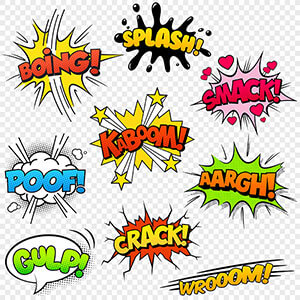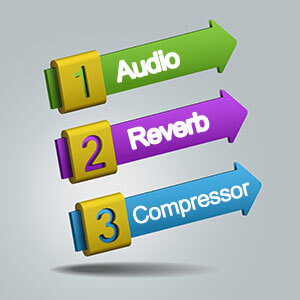Have you heard about the AudioMove app? It’s a very helpful tool actually, which can make your life easier when you need to import audio that is recorded as stereo but only 1 channel is used, and occasionally needs 2 mono files exported. If you want to watch the video demonstration by The Reaper Blog, click here.
4 Important Things To Keep In Mind When Starting Your Mix
In this article by Audio Issues, it talks about the 4 things to keep in mind when starting your mix. So when does mixing start? Some people look at mixing like a different aspect of the production process. But actually it really depends on where you consider the mix have started. Click here to read the complete article.
Making a product trailer using REAPER
I came through an article from The REAPER blog which talks about how to make a product trailer using REAPER. Click here to watch the full video.
6 Amazing Sound Design Tips
 Sound design is an art, and though it can be a lot of work and is also a serious business, it’s fun! “Sound design” is really sort of a fancy name for foley or sound effects, though it is really a bigger thing that encompasses both of those things. Sure, you can argue terminology, but in a nutshell, sound design is what is responsible for all the non-dialog (and non-music, usually) sounds you hear while watching a movie. You know the sounds – the footsteps, howling winds, rain, hail, sizzling steaks, monster noises, creaking, cracking, and sounds for things that don’t even exist.
Sound design is an art, and though it can be a lot of work and is also a serious business, it’s fun! “Sound design” is really sort of a fancy name for foley or sound effects, though it is really a bigger thing that encompasses both of those things. Sure, you can argue terminology, but in a nutshell, sound design is what is responsible for all the non-dialog (and non-music, usually) sounds you hear while watching a movie. You know the sounds – the footsteps, howling winds, rain, hail, sizzling steaks, monster noises, creaking, cracking, and sounds for things that don’t even exist.
Essentially, it could be argued that sound design is responsible for about half of the artistry of a film, though it is so weaved into the fabric of it all that it almost goes unnoticed.
You cannot really teach it out of the box, but there are some tips that you can follow to make it wilder! Check out the article by Music Tech where they highlighted 6 sound design tips.
About Compressing Reverb
 Post-reverb compression
Post-reverb compression
What is post-reverb compression? Or put another way, what does it mean to compress reverb? According to Audio Fanzine’s article “More About Compressing Reverb,” placing a compressor right after the reverb on the corresponding aux bus, or more simply, “in the effects chain” since DAWs don’t really need to rely on auxiliary busses. That term is pretty specific to having a hardware mixing board in your recording set-up.
Anyway, post-reverb compression can lead to several different results, including diametrically opposite results. The article starts with the least subtle the effects, which will thrill fans of John Bonham (Led Zeppelin)-like drum sounds. See more information about this topic in the full article – Read here.